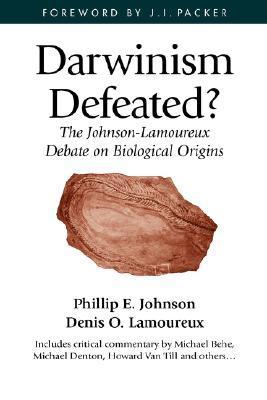What do you think?
Rate this book


180 pages, Paperback
First published December 1, 1999
"...unaware of any serious systematic attempt by Johnson to show how the facts of biology, such as those of geographical distribution discussed above, can be accounted for more plausibly in creationist than evolutionary terms. Until he does this, academic biology will not take his antievolutionism seriously." (pp. 153-154)